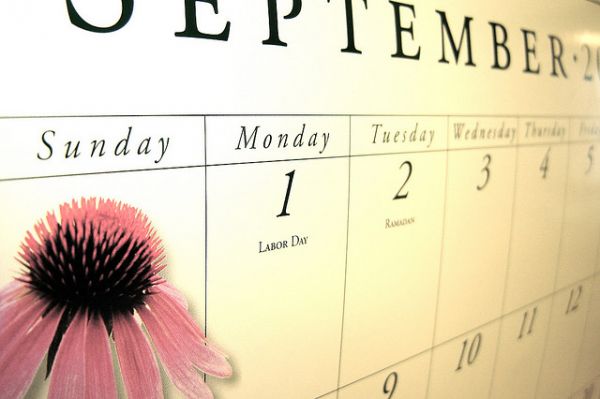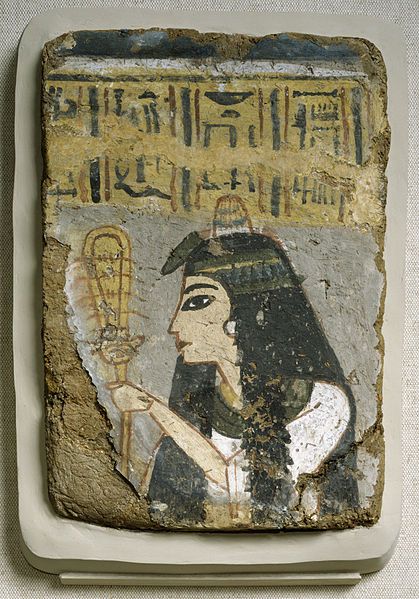by Edgar B. Herwick III
Samoset speaks English to the British colonist
By the 1830s, almost all of the large hardwood trees in Massachusetts had been cut down.
Jesse "Little Doe" Baird, vice chair of the Mashpee Wampanoag tribe explains that this was a huge problem for the growing state.
“The
local economies depended on cash and needed a product to bring in that
cash. And that product - at the time - was fuel and the fuel was wood.”
One of the few places in the state that still had virgin hard wood was the land set aside for the Mashpee Indians.
The
tribe generally did not have a cash economy so it’s not like they were
trying to cut wood produce wood and sell wood for cash, they made a
living off the land itself.
For years, white men had been
encroaching on the Mashpee’s land, cutting – and taking their wood. And
for years, the Mashpee had been writing to Massachusetts officials about
this – and a host of other issues - usually in their native language.
"One
of the problems obviously is that generally people are not going to be
able to read or understand that language," Baird said. "But even if they
could you have a group of people asking the group people that are
responsible for their condition to fix their condition."
And so,
the Mashpee decided it was time to fix it themselves. Enter William
Apess, a Pequot Indian – and an ordained Methodist minister. He’d heard
about the struggles in Mashpee and had a notion that he could help.
"He
had a different approach in terms of how to speak to the white man of
the day," Mashpee Wampanoag tribal historic preservation officer Romana
Peters said.
Peters pointed out that Apess had the ear of white
men and high places, and had the political acumen to present the
Mashpee’s case in terms that officials couldn’t ignore.
"Things
like we shared a desire for liberty, we fought together during the
Revolutionary war both wanting liberty and freedom and that’s no less
than Mashpee Indians are asking for now," Peters said.
And so a
tribal council was convened on May 21, 1833. Apes and the Mashpee
leaders drew up a document that has come to be known by some as the
Mashpee Indian Declaration of Independence. Not only did the Mashpee
declare the right to govern themselves, they also drew a line in the
sand. As of July 1, outsiders would no longer be permitted to cut wood
on their land.
Predictably, when July 1 came, so did the white
men. Despite the warnings, two men from Barnstable piled up their horse
drawn cart with freshly cut virgin hard wood. That’s when they were met
by six Mashpee – including Apess – who proved to be as good as their
word.
"The cart was dumped over, they said, ‘You’re not going to
take the wood,' and so the wood was dumped out and the men left with
their cart."
As a result, the six Mashpee men were arrested. But
the “wood riot” - as it came to be known – proved to be a turning
point. It garnered much attention in the press and finally opened up a
dialogue with Massachusetts’ officials that eventually earned the
Mashpee an unprecedented level of control over their own land - and
governance.
"It definitely was a huge step in the right
direction for people to be able to practice self-determination and not
be under a different set of laws simply because of the color of their
skin and their different life-style," Peters said.
Peters points out, it’s a path of self-determination that the Mashpee - and other tribes – are still carving out - even today.
"Each
President issues a new policy on how to treat American Indians.
Sometimes it’s been assimilation; sometimes it’s been extermination.
Right now, since the Clinton administration, tribes across the country
have been deemed sovereign nations, so you see the evolution of this and
people being more ready to be sovereign once again."
The Mashpee Declaration of Independence, drafted and signed 181 years ago this week.









 by Eddie Deezen.
by Eddie Deezen. But
unlike today's modern women, they weren't trying to impress that cute
guy at work or the guy at that important job interview. And the Egyptian
women weren't trying to catch the eye of the burly construction foreman
working on the pyramids or the local pharoah either. Their sights were
aimed a little higher. They were trying to impress the gods.
But
unlike today's modern women, they weren't trying to impress that cute
guy at work or the guy at that important job interview. And the Egyptian
women weren't trying to catch the eye of the burly construction foreman
working on the pyramids or the local pharoah either. Their sights were
aimed a little higher. They were trying to impress the gods.








